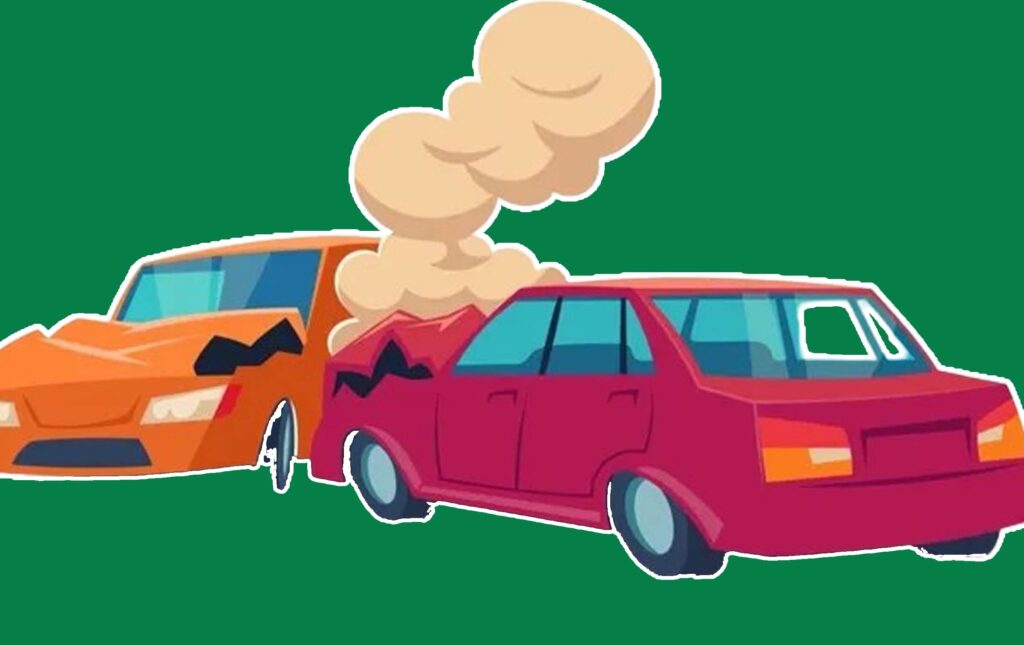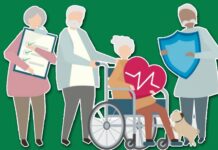What to Do After a Hit-and-Run in Lowa? Being involved in a hit-and-run accident is a stressful and disorienting experience, especially when the responsible driver flees the scene. In Iowa, leaving the scene of an accident without providing contact information or assisting injured individuals is a serious offense. Knowing what steps to take immediately after such an incident can make a significant difference in protecting your rights, ensuring your safety, and helping law enforcement find the at-fault driver.

This guide provides a detailed explanation of what to do after a hit-and-run accident in Iowa, from the first few moments after the crash to the insurance claims process that follows.
What to Do After a Hit-and-Run in Lowa
Here are steps to follow when you are involve in a hit and run in Lowa;
Ensure Your Safety First
The first and most important step is to prioritize safety. If your vehicle is still operable, move it to a safe location away from traffic. Turn on your hazard lights to alert other drivers and check yourself and any passengers for injuries.
If anyone is hurt, call 911 immediately to request medical assistance. Even if you don’t feel injured right away, consider seeing a doctor later since some injuries, like concussions or soft-tissue damage, may not show immediate symptoms.
Call the Police Immediately
After ensuring safety, contact the police to report the hit-and-run. In Iowa, it’s crucial to file a police report as soon as possible, especially if property damage or injuries occurred. The responding officer will document important details, create an official report, and begin investigating the incident.
When you speak with the police, provide as much information as you can about the fleeing vehicle and driver, such as:
- The make, model, and color of the vehicle
- The license plate number (even a partial one helps)
- The direction in which the car fled
- A description of the driver, if visible
This information can be vital in identifying and locating the person responsible.
Gather as Much Evidence as Possible
If it’s safe to do so, collect evidence from the scene before anything gets moved or cleaned up. Use your phone to take photos or videos of:
- The damage to your vehicle
- The accident location, including skid marks or debris
- Traffic signs, road conditions, or weather conditions at the time
- Any injuries sustained
If there are witnesses nearby, ask for their contact details and request that they stay until the police arrive. Witness testimony can be incredibly helpful to law enforcement and your insurance provider.
Nearby businesses or homes may also have security cameras that captured the incident. Make a note of any cameras and inform the investigating officer so they can request footage.
Notify Your Insurance Company
Once you’ve reported the incident to the police, contact your insurance company as soon as possible. Reporting promptly helps streamline the claims process and ensures your insurer can start investigating.
If the hit-and-run driver is not found, your claim will depend on the type of coverage you have. In Iowa, uninsured motorist coverage (UM) is not required by law, but it is highly recommended. This type of insurance can help pay for damages and medical bills if the at-fault driver cannot be identified or is uninsured.
If you have collision coverage, your insurer will pay for repairs to your vehicle (minus your deductible), even if the other driver is never found. Without these coverages, you may be responsible for the repair costs yourself.
Follow Up with Law Enforcement
After the initial report, follow up with the police department for updates on the investigation. Provide any new information or evidence that might surface, such as a witness coming forward or a tip about a vehicle matching the description. Persistence can sometimes make a difference in identifying the responsible party.
Seek Medical Evaluation
Even if you walked away from the crash feeling fine, get a thorough medical evaluation as soon as possible. Some injuries from car accidents can take hours or even days to manifest. Medical records will also serve as valuable documentation if you need to file a personal injury claim or an insurance claim later.
Keep Detailed Records
Organization is key when dealing with a hit-and-run case. Keep copies of everything related to the incident, including:
- The police report
- Medical records and bills
- Photos and videos from the scene
- Witness statements
- Communication with your insurance company
These records will support your claim and protect you if disputes arise during the claims process.
Understand the Legal Consequences in Lowa
In Iowa, hit-and-run accidents are taken very seriously. If the fleeing driver is caught, the penalties depend on the severity of the crash. Leaving the scene of a property damage accident is typically a misdemeanor, while fleeing after an accident that causes injury or death is a felony, potentially leading to jail time, fines, and license suspension.
While you can’t control whether the driver is found, cooperating fully with law enforcement and following the right steps increases the likelihood of justice being served.
Consider Speaking with an Attorney
If you suffered significant injuries or property damage, consulting a car accident attorney may be beneficial. An experienced lawyer can help you navigate the insurance process, communicate with adjusters, and explore other options for compensation especially if the hit-and-run driver remains unidentified.
Conclusion
A hit-and-run accident can leave you feeling frustrated and helpless, but knowing what to do can make all the difference. In Iowa, your safety and swift action are paramount. Start by ensuring everyone’s safety, calling the police, gathering evidence, and reporting the incident to your insurer as quickly as possible.
Even though a hit-and-run situation can complicate the recovery process, taking the right steps helps protect your legal rights, strengthens your claim, and improves your chances of financial recovery. Above all, maintaining calm and acting methodically after the crash can help turn a chaotic moment into a manageable process toward resolution.



